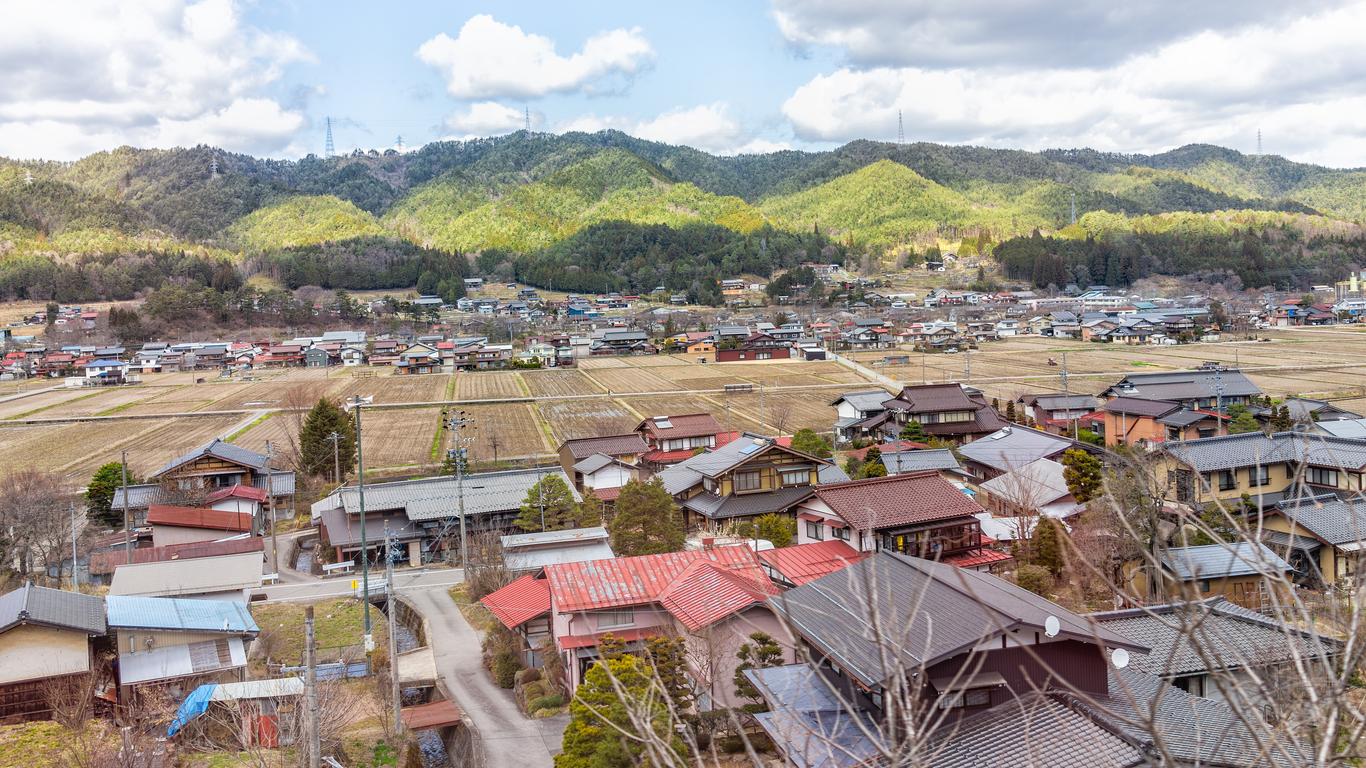Established as a hot spring resort in the 10th century, Gero is a famous onsen town home to waters renowned for their therapeutic qualities. Both public baths and private ryokan dot the lively streets, while an open-air farmhouse museum showcases rural life.
Things to do in Gero
Relax in one of the public bathhouses that dot Gero’s streets, including the large rotenburo open-air bath at the southern end of Gero Bridge. You can purchase a wooden tablet bath pass to visit participating ryokan or take a rest from sightseeing while soaking your feet in one of the free foot baths.
Experience the local folk traditions and rural lifestyle at the Gassho Village, an open-air museum clustered with gasshozukuri farmhouses. See traditional music and dance performances, learn how to make handicrafts and discover the significance of shrine guard dog statues at the small komainu museum.
Climb the stone staircase that leads to the Onsenji Temple, which is dedicated the Buddha of healing and boasts magnificent views of Gero. Legend states that a white stork led residents to a gushing spring after a 13th-century earthquake had stopped the flow of onsen waters, with the temple built in celebration.
If you want to experience Gero’s culture, mingle with the locals at the Ideyu Morning Produce Market where everything from local sake to pickled vegetables and fresh good is on sale. Alternatively, witness a traditional Kabuki performance at the Haku-un-za Playhouse, designated an important cultural asset.
Getting around Gero
Gero is around 3.5 hours by train from Tokyo and 2.5 hours from Kyoto. Taxis are readily available at the train station, but most of the city’s sights are within walking distance of each other.





